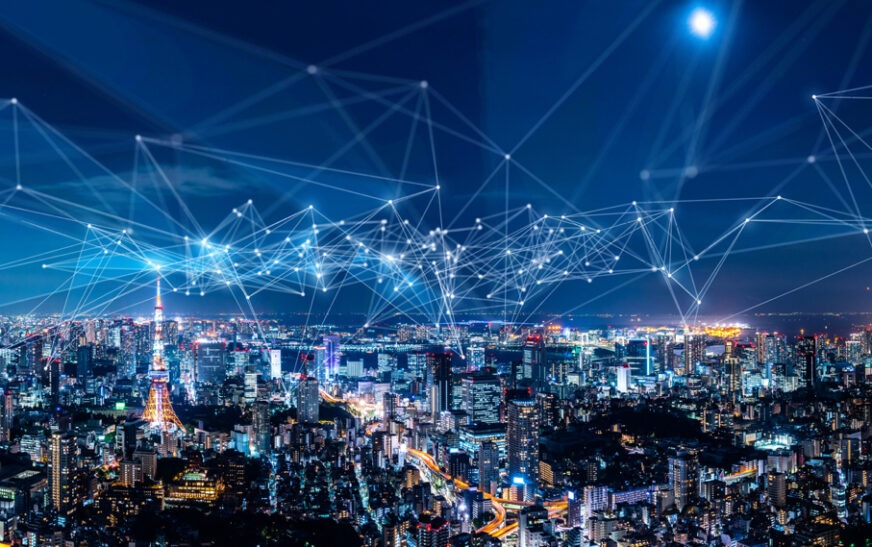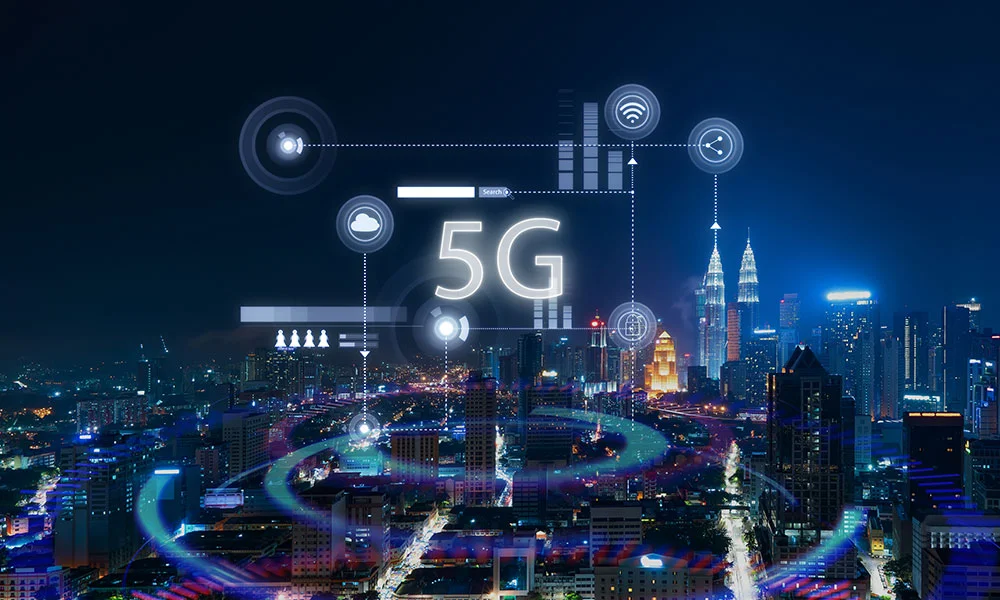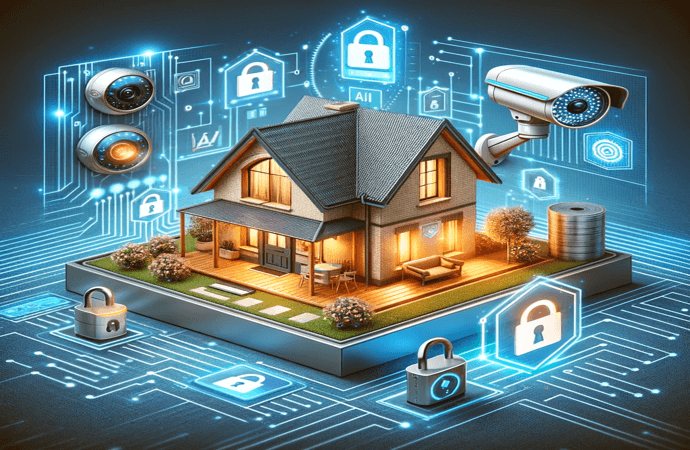Introduction to Smart Cities
Imagine a city where traffic flows seamlessly, energy is used efficiently, and public services are always just a tap away. Welcome to the world of smart cities. These urban environments leverage technology to enhance living standards and streamline operations. At the heart of this transformation lies the Internet of Things (IoT), connecting people, devices, and data in ways we never thought possible.
As urban populations continue to grow, the pressure on infrastructure intensifies. Smart cities offer innovative solutions that tackle these challenges head-on. By harnessing IoT technologies, they can improve everything from transportation systems to waste management—creating an environment that fosters sustainability and enhances quality of life.
Join us as we dive deep into how IoT is reshaping urban living and explore what makes smart cities not just a concept for tomorrow but a reality today. Get ready for insights into the benefits, examples of success stories around the globe, challenges faced along the way—and what the future holds for our urban landscapes!
What is the Internet of Things (IoT)?
The Internet of Things, or IoT, represents a transformative network connecting everyday objects to the internet. Think about your smartphone communicating with your thermostat or refrigerator. This interconnectedness allows devices to send and receive data seamlessly.
IoT encompasses various technologies and applications, from smart home gadgets to industrial equipment. Each device collects information that can be analyzed for better efficiency and functionality.
This integration enhances convenience in daily life. Imagine controlling your lights remotely or receiving alerts when your washing machine completes its cycle.
Moreover, IoT systems can improve urban infrastructure by managing traffic flow, optimizing energy usage, and enhancing public safety. The potential is immense as we embrace this digital ecosystem in our cities and homes alike.
The Role of IoT in Smart City Development
The Internet of Things (IoT) is revolutionizing how cities operate. It connects devices, sensors, and systems to gather data in real-time. This connectivity allows city planners to make informed decisions based on accurate information.
Smart lighting systems adjust brightness based on pedestrian activity, reducing energy consumption while enhancing safety. Traffic management solutions monitor congestion patterns and optimize signal timings accordingly.
Waste management benefits from IoT as well. Smart bins alert services when they’re full, minimizing unnecessary pickups and saving resources.
Public transport can be enhanced through IoT by providing real-time updates on schedules and crowd levels, improving the commuter experience.
The integration of IoT fosters an ecosystem where urban infrastructure becomes more responsive and efficient. It’s a collaborative approach that engages citizens while promoting sustainability in urban living environments.
Benefits of Smart Cities for Urban Living
Smart cities are transforming urban living in remarkable ways. They enhance the quality of life for residents through efficient resource management.
With real-time data collection, traffic congestion can be reduced significantly. This means shorter commute times and less frustration on the roads.
Public safety also sees improvements as IoT devices monitor crime hotspots and emergency services respond faster than ever before.
Sustainability is another key benefit, allowing cities to reduce energy consumption and promote green initiatives. Smart lighting systems, for example, turn off when no one is around.
Access to information becomes seamless too. Residents can easily find public transportation options or community events just by tapping a smartphone app.
These innovations foster a stronger sense of community while addressing daily challenges faced by urban dwellers. Everyone stands to gain from this shift toward smarter living environments that prioritize efficiency and connection.
Examples of Successful Implementation of IoT in Smart Cities
Barcelona is a shining example of IoT at work. The city employs smart streetlights that adjust brightness based on pedestrian activity, significantly reducing energy consumption. This innovative approach enhances safety while promoting sustainability.
In Singapore, the Smart Nation initiative has transformed urban living through real-time data collection. Sensors monitor traffic flow and public transportation usage, facilitating efficient transit solutions for commuters.
Another notable mention is Amsterdam’s smart parking system. Drivers can access an app that indicates available spaces in real time, minimizing congestion and frustration related to finding parking.
London also embraces IoT with its air quality monitoring network. Using connected devices throughout the city, residents receive alerts about pollution levels, empowering them to make informed decisions about their health.
These examples illustrate how cities leverage IoT technology to create more livable environments while addressing pressing urban challenges effectively.
Challenges and Concerns Surrounding Smart Cities
Smart cities offer a vision of innovation, but they come with challenges. Privacy issues loom large as vast amounts of data are collected from residents. This raises concerns about surveillance and the potential misuse of personal information.
Another significant hurdle is the digital divide. Not everyone has equal access to technology or the internet. This gap can lead to disparities in how communities benefit from smart city initiatives.
Infrastructure also poses problems. Many urban areas have aging systems that may not easily integrate advanced IoT technologies. Upgrading these infrastructures requires considerable investment and planning.
Additionally, cybersecurity threats present risks for connected devices within smart cities. A single breach could disrupt essential services, impacting daily life for residents dramatically.
Public acceptance remains vital for success. Engaging citizens in discussions about their needs and concerns is crucial to create a sense of ownership and trust in these ambitious projects.
Future Possibilities for IoT in Smart Cities
The future of IoT in smart cities is brimming with potential. Imagine a world where traffic lights adapt in real-time to congestion, ensuring smoother commutes for everyone.
Smart waste management systems could alert services when bins are full, optimizing collection routes and reducing unnecessary trips. This innovation not only saves time but also preserves resources.
Enhanced public safety features using IoT sensors can help detect emergencies more rapidly. Surveillance cameras equipped with AI might identify unusual patterns and alert authorities before incidents escalate.
Furthermore, energy-efficient buildings connected through IoT could significantly lower urban carbon footprints by regulating heating and cooling based on occupancy levels.
As technology evolves, the integration of augmented reality (AR) within city planning tools will revolutionize how we visualize urban environments. Residents may experience their neighborhoods through immersive applications that showcase proposed developments or infrastructure changes even before they happen.

Conclusion
The integration of IoT in smart cities signifies a transformative shift in urban living. As technology continues to evolve, the potential for enhancing quality of life becomes increasingly tangible. Smart cities promise improved efficiency, sustainability, and connectivity through data-driven decision-making.
By harnessing the vast capabilities of IoT, urban areas can optimize resources, reduce waste, and foster community engagement. From intelligent traffic systems to smart energy grids, these innovations are reshaping how we interact with our environment.
While challenges remain—such as privacy concerns and infrastructure costs—the vision of smarter urban spaces is within reach. The journey towards fully realized smart cities is exciting and full of possibilities that could redefine what it means to live in an urban setting.
As we look ahead, it’s clear that embracing IoT will play a pivotal role in crafting vibrant communities where technology serves humanity’s best interests. Urban living will never be the same again as we step into this new era marked by innovation and connectedness.







